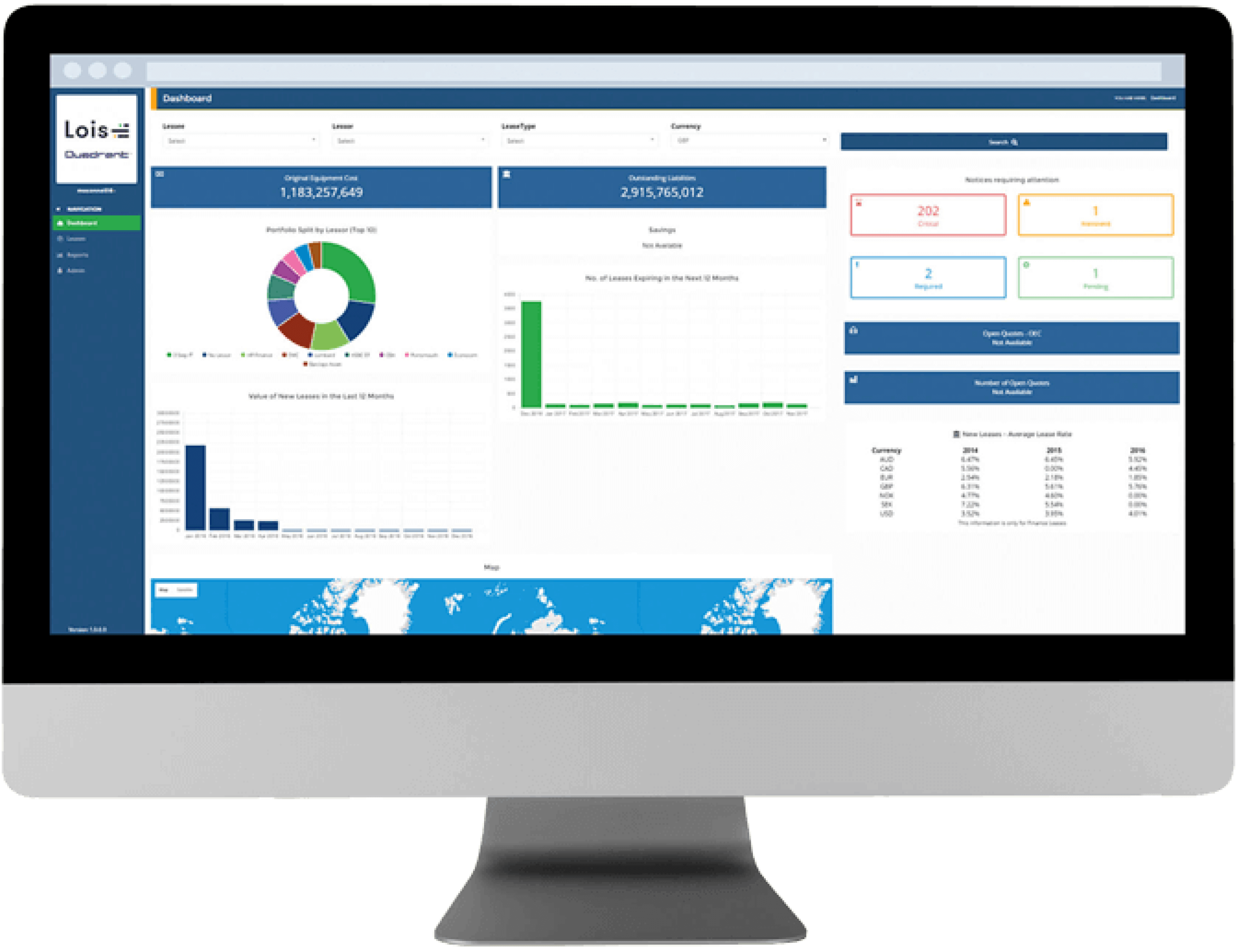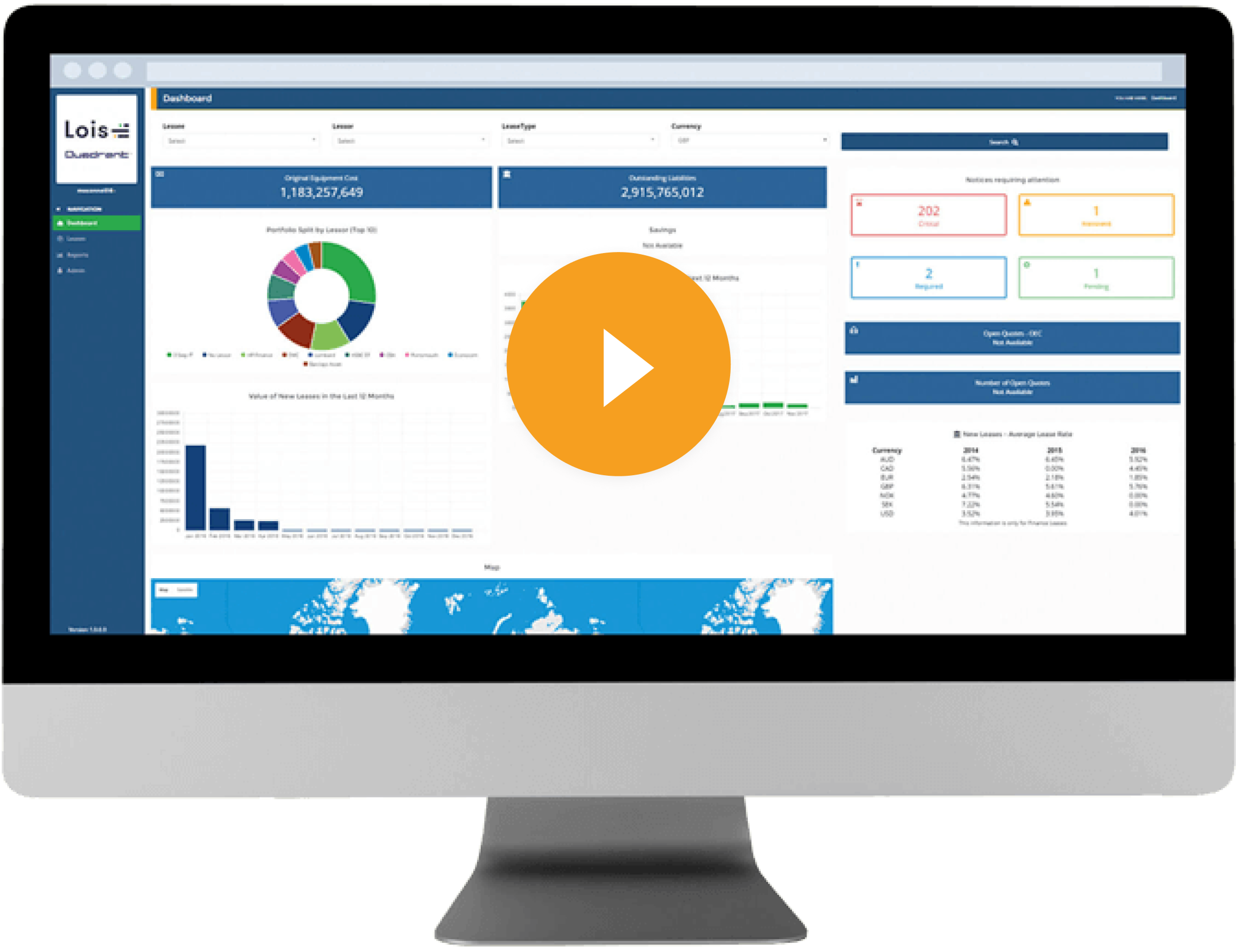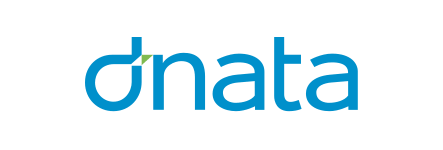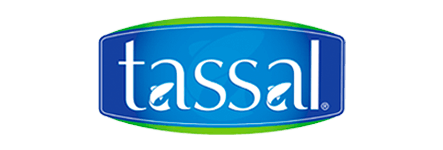UNDERSTANDING IFRS 16
International Financial Reporting Standards (IFRS) is the international accounting framework within which to properly organise and report financial information. IFRS was established by the International Accounting Standards Board (IASB) to create a common set of rules, ensuring financial reporting is consistent, transparent, and comparable globally.
Do I Need to Comply With IFRS?
Understanding IFRS 16 leases is essential for companies, as it introduces significant changes in how leases are reported on financial statements. As a common accounting language, IFRS is currently the required accounting framework in more than 120 countries. IFRS requires businesses to report their financial results and financial position using the same rules. This means that, barring any fraudulent manipulation, there is considerable uniformity in the financial reporting of all businesses using IFRS. To maintain this consistency and accuracy, it is essential to uphold data integrity.
The benefits of the IFRS 16 accounting standard include improved transparency, as it requires companies to recognise lease liabilities and corresponding assets on the balance sheet. Clarifying the distinction between different types of leases, such as what is an operating lease versus a finance lease, ensures greater consistency in financial reporting.
What is IFRS 16?
IFRS 16 is an accounting standard which effectively puts all leases, both operating and finance, on the balance sheet as an asset and a liability. This standard became effective from January 2019.
Creating Visibility Across Your Balance Sheet
There’s been a long-held belief that operating leases were always just an expense. As a result, often this wasn’t shown on a company’s balance sheet. Therefore, many felt this was a distortion of your balance sheet because you would still have an inherent obligation to pay for a lease that wasn’t actually listed. Finance lease accounting for IFRS 16 has changed, creating greater visibility of leases across your balance sheet.
How do I Know if IFRS 16 Applies to My Organisation?
For most organisations, if you are turning over revenue of over AUD$30 million, you would need to adopt IFRS accounts. It is important to note there are different limits in different countries, however; if you have reached the threshold and are using IFRS accounts, you will need to comply with IFRS 16.
The Impacts of IFRS 16
- Operating and finance leases have effectively ceased to exist as virtually all leases are accounted for “on balance sheet”.
- The standard impacts a company’s asset turnover, interest cover, EBIT(A/AR), operating profit, net income, cash flows and financial ratios, among others.
- IFRS 16 balance sheet impacts bring greater clarity and comparability of financial statements by recognising all assets and liabilities arising from leases on the balance sheet.
- Short term and low-value asset leases are exempt from balance sheet reporting.
- The standard replaced IAS 17, however, lessor accounting remained mainly unchanged.
- The IASB estimated that 1 in 2 listed companies was affected. 85% of leases were not currently recognised on the balance sheet.
- Financial Audit: Auditors must ensure leases are correctly recognised and compliant with IFRS 16, including accurate lease liabilities and assets.
%20(4).webp?width=960&height=540&name=Quadrent-Rebrand-Thumbnail%20(1)%20(4).webp)
The Definition of a Lease Under IFRS 16
For clarity, consider an IFRS 16 calculation example: if an entity chooses to use the practical expedient for one class of underlying asset, it must apply it consistently across all other leases of the same asset type. Instead of being based on risk and reward, the classification of leases now focuses on control of the right-of-use asset under the accounting standard for leases.
To provide greater clarity on the identification of a lease contract, IFRS 16 includes a revised definition that states a lease as:
A contract, or part of a contract, that conveys the right to use an asset (the underlying asset) for a period of time in exchange for consideration.
A lease exists when a customer controls the right to use an identified item, which is when the customer:
- has exclusive use of the item for a period of time; and
- can decide how to use it.
Agreements that were formerly considered leases under IAS 17 no longer meet the IFRS 16 specification and vice versa. Identifying leases is important for all entities as not all contracts, such as service agreements, are included in the scope of IFRS 16, which in turn affects what assets and liabilities are recognised on the balance sheet.
Spreadsheet accounting often leads to difficulties in accuracy and efficiency. To address these challenges, consider adopting specialised lease accounting software like LOIS. Download our Spreadsheet vs. Lease Accounting Software Guide to learn how an IFRS 16 solution can streamline your compliance and improve accuracy.

Treatment of Contracts With Lease and Service Elements
Another consideration for all entities is the treatment of contracts containing both lease and service elements. Many entities within this industry regularly lease assets combined with other services (e.g. maintenance). It is also not uncommon for lessors to bundle assets and services together into a single product offering. Such lease bundles may need to be separated out to account for the lease and service elements independently.
Under IFRS 16 these separate elements should be split and allocated based on a relative stand-alone price. If the exact price of the breakdown is unavailable, lessees have two options. Either to use an estimate based on observable information (e.g. a price based on an existing agreement’s breakdown or similar contract from the supplier) or to use the optional practical expedient. Using this latter method, lessees have the option to account for a lease component and any associated non-lease components (e.g. service element) combined as a single lease component.
Whilst it is possible for a service contract to contain a lease, an identified lease can not be treated as a service. Also, if an entity chooses to use the practical expedient for one class of underlying asset, they must use it for all other leases of this asset type. Utilising IFRS 16 lease accounting software can greatly simplify the management of contracts with both lease and service elements.

Accounting Reliefs
To reduce the costs and operational demands of implementing IFRS 16, the IASB included exceptions and modifications. IFRS 16 introduced an estimated US$2.8 trillion of lease commitments to global balance sheets, but did not include all leases as entities were not required to report:
- Short term leases that span 12 months or less
- Leases that terminate within 12 months of implementation
- Small ticket asset leases that were;
- not dependent on, or highly interrelated with, other leased assets
- within the suggested threshold of roughly $5,000 as the value of the underlying asset when new.
.png)
What is LOIS?
IFRS 16 compliance can be complex, but specialised tools like LOIS (Lease Optimisation Information System) simplify the process. LOIS is Quadrent’s comprehensive lease management software. This SaaS solution is a fully integrated portfolio and asset management tool for all your IFRS 16 lease accounting compliance. We operate it under a master agreement. Plus, we’re the only supplier in Australasia.
LOIS is a powerful solution that delivers all the tools and functionality needed to extract, validate, and report on all the critical data within a lease portfolio that is required for full compliance to both IFRS 16/AASB 16 and FASB ASC 842. By loading all of your lease data onto LOIS, you’re easily able to analyse your entire portfolio and identify what leases are impacted by the standard.
.png)
Companies that use LOIS to manage and enhance their lease portfolio are able to produce all the accounting information required to accurately complete the financial statements obligatory for compliance; including income statement, cash flow, and balance sheet. LOIS will generate complex calculations for you at the touch of a button.
LOIS will provide users with all the necessary tools, features, and reporting capabilities needed so that they are able to effectively communicate and collaborate with the key stakeholders of their organisation. Whether that’s by receiving automated alterations and notifications, running reports that form part of their readiness or impact assessments, or identifying areas within a portfolio that can be optimised, LOIS is the perfect partner for compliance and your comprehensive lease accounting solution.

Helpful Resources
Lease Portfolios Powered by











.png)












.png)


